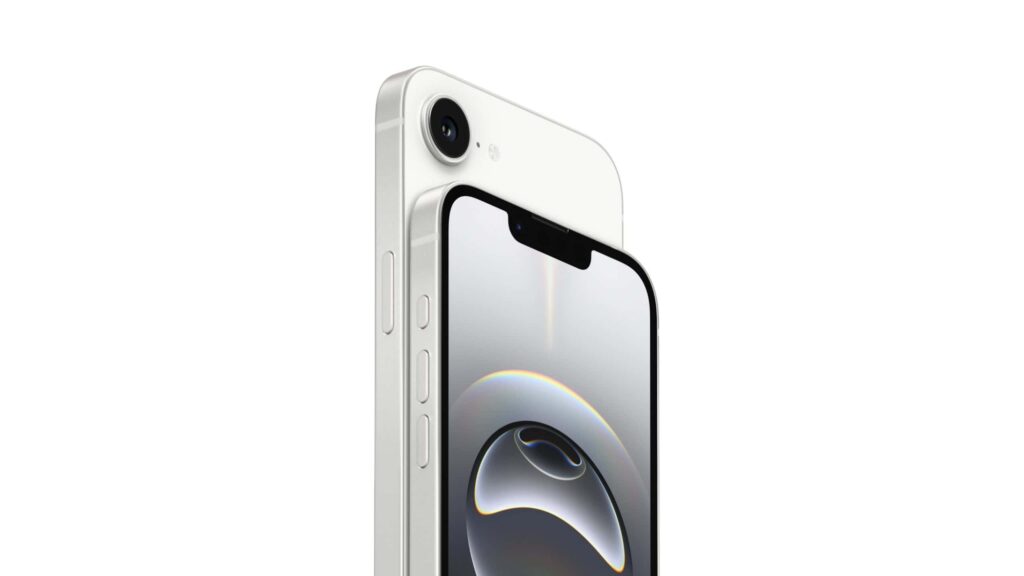Apple made a significant move this year by unveiling its first in-house modem for mobile devices, known as the Apple C1. This new hardware was introduced alongside the release of the iPhone 16e, showcasing Apple’s strategic shift towards reducing dependence on external suppliers like Qualcomm. However, initial assessments indicate that the road ahead may be more challenging than expected. The Apple C1 modem has been criticized for its poor performance when compared to Qualcomm’s offerings.
A recent in-depth analysis of the C1 modem’s architecture by tipster LITTERTREE66, who shared detailed die shots, further emphasized these concerns. The assessment of the modem’s Power, Performance, and Area (PPA) was straightforward, labeling it as “terrible.” A translated post from Weibo captured the sentiment succinctly: “Except for saving energy, it has no advantages, and I hope that the C2 will bring a surprise.”
One of the key issues with the C1 modem is the absence of mmWave support. Apple initially aimed to integrate mmWave 5G support into the iPhone 16e’s C1 modem, crucial for achieving high 5G speeds in densely populated areas. However, Apple reportedly faced challenges in implementing this technology without significantly impacting power consumption, leading to its exclusion from the C1.
Looking ahead, reports suggest that Apple’s next modem, tentatively named the C2, will address these deficiencies. Anticipated improvements include enhanced power efficiency, improved transmission speeds, and the addition of mmWave 5G support. The C2 modem is rumored to debut in the iPhone 18 Pro models, potentially replacing Qualcomm’s modems in Apple’s flagship devices.
Apple has set its sights on surpassing Qualcomm’s modem performance by 2027. However, the current performance of the C1 modem indicates that there is still substantial work to be done to achieve this ambitious goal. In the meantime, the Apple C1 modem may find a new home in an upcoming entry-level iPad.
The launch of the iPhone 16e also marked a rebranding of Apple’s budget-friendly iPhone SE line, aligning the “e” models with the current main iPhone generation. This move has sparked speculation about the possibility of annual “iPhone e” releases. It will be intriguing to see which modem Apple chooses for a potential iPhone 17e in 2026. The ongoing development of Apple’s modems is a story worth following for tech enthusiasts.

